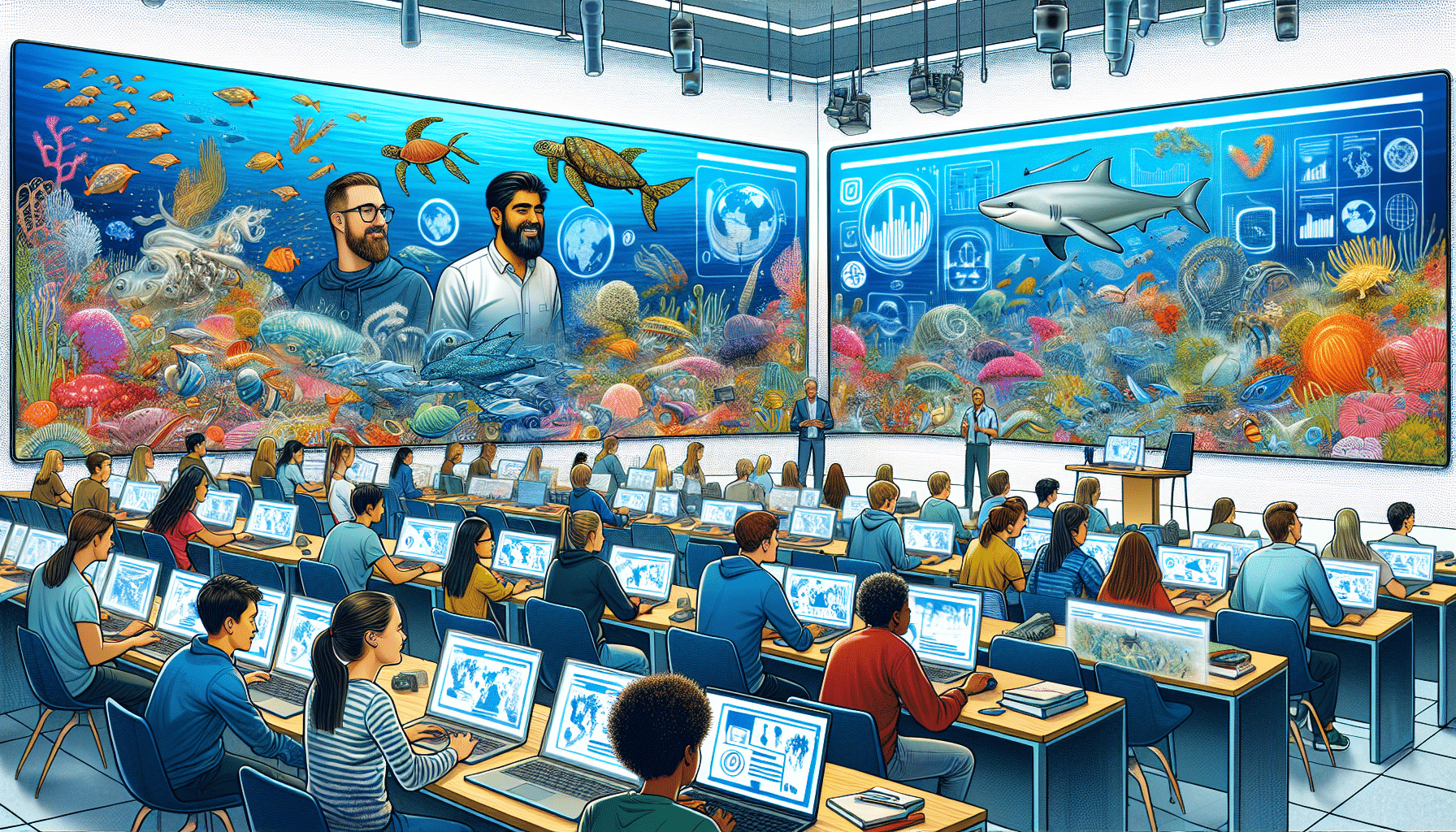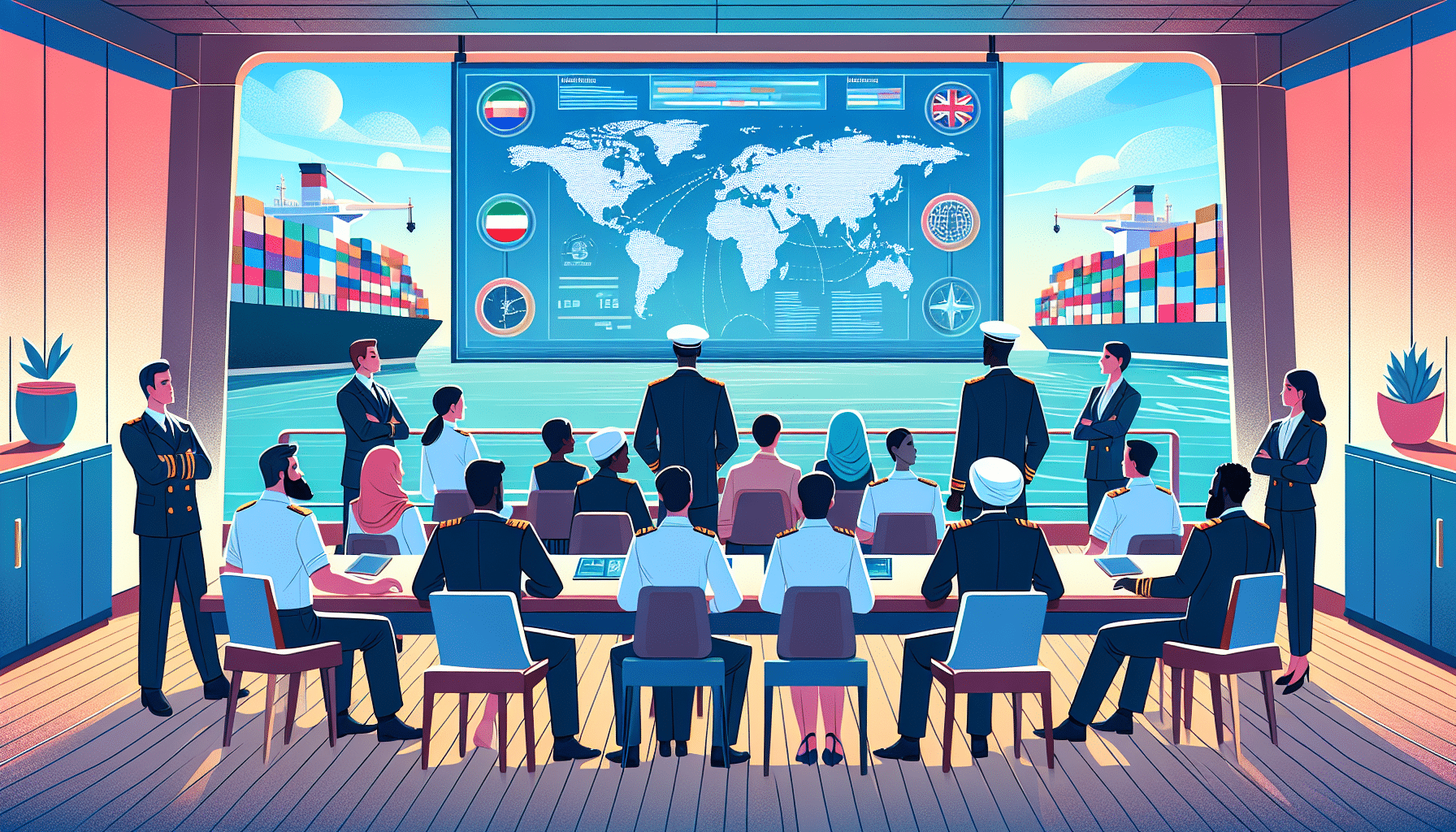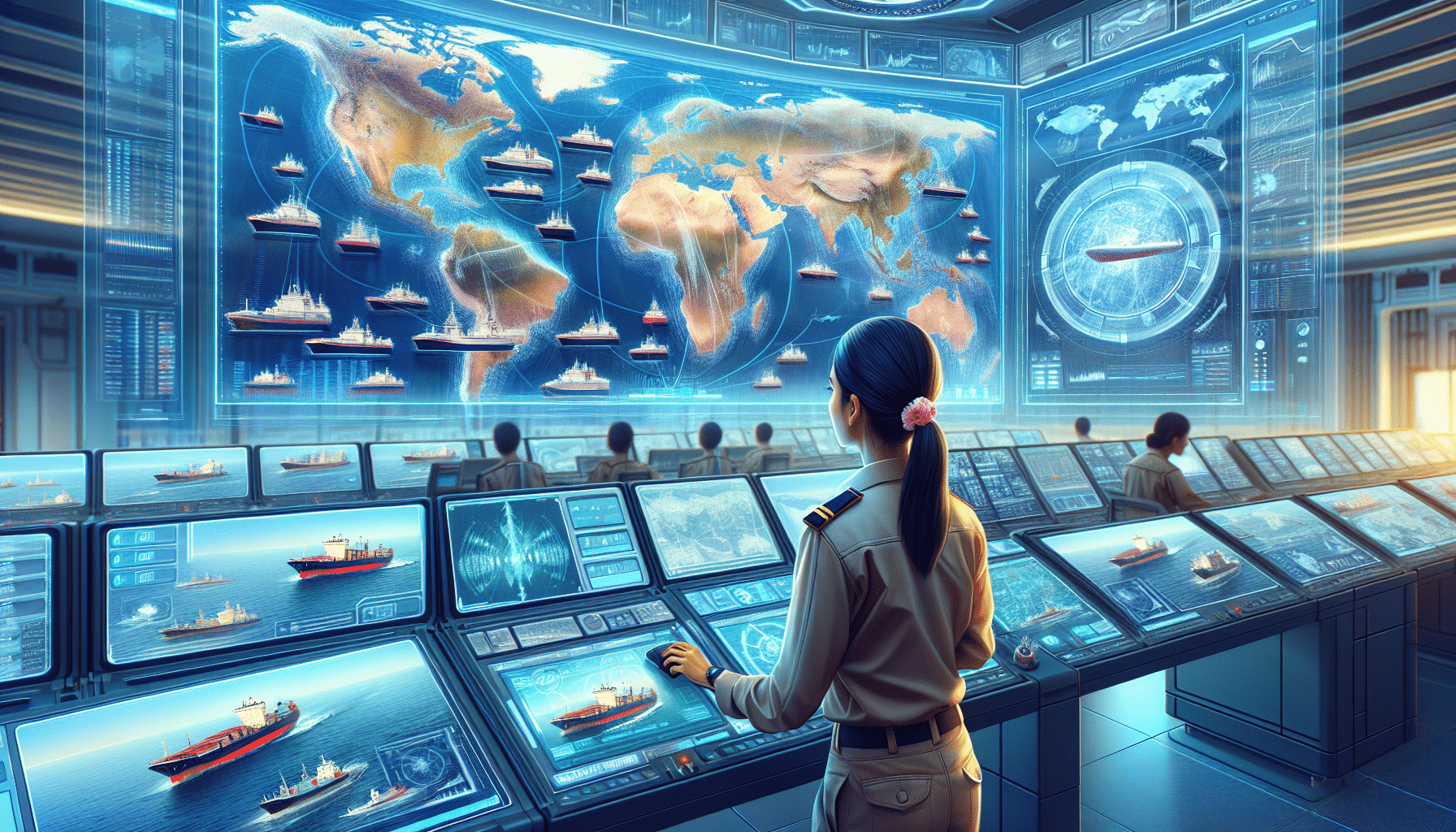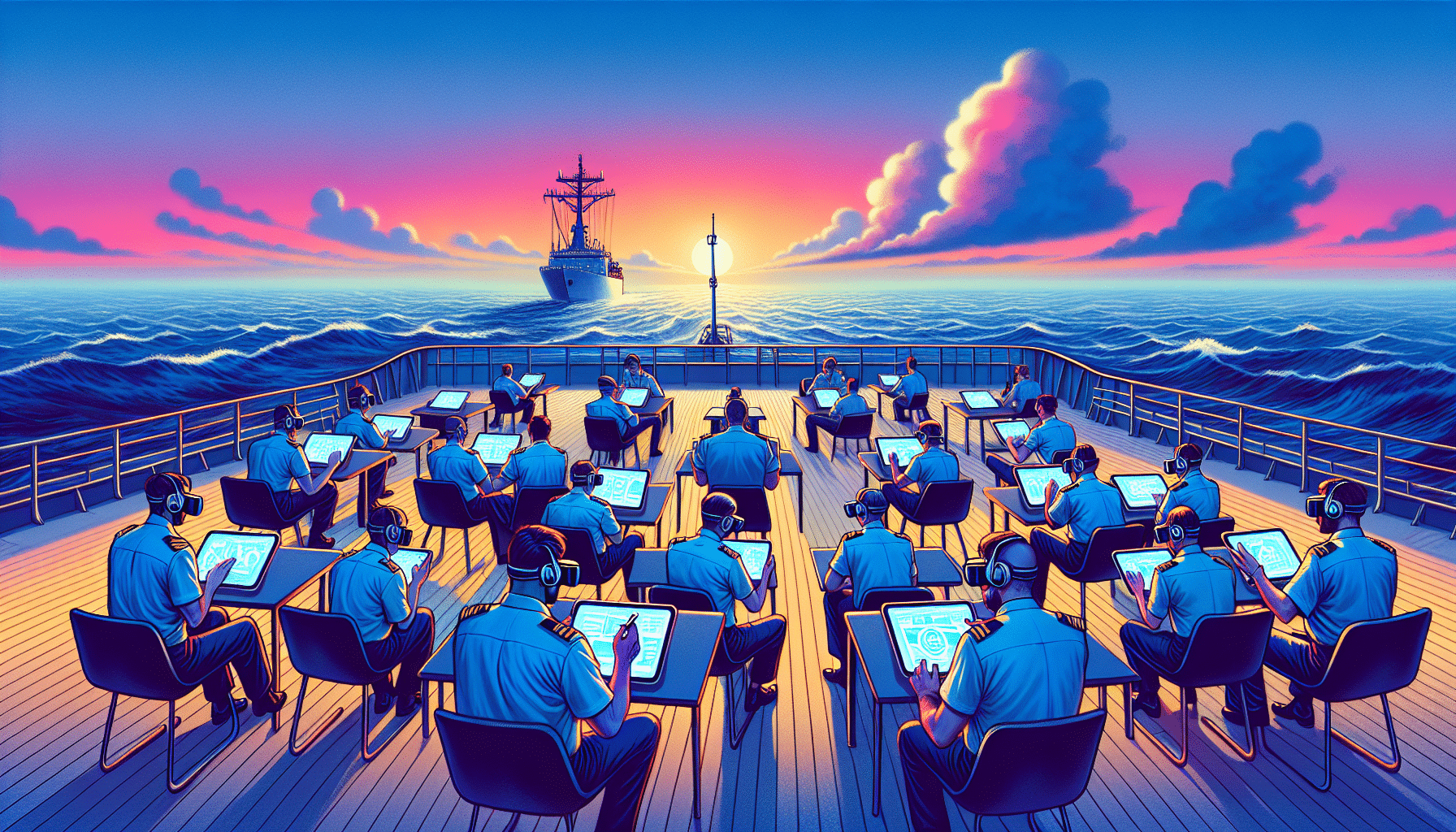Introduction to Maritime Security and Digital Certificates
Maritime security is a critical aspect of global trade and commerce, ensuring the safe passage of goods and people across the world’s oceans. With the increasing threat of piracy, terrorism, and cyberattacks, enhancing maritime security has become a paramount concern. One of the ways to bolster security measures in this sector is through the implementation of digital certificates for professionals involved in maritime operations. Digital certificates serve as a means to authenticate and verify the credentials of individuals, contributing significantly to the overall security framework.
The Importance of Digital Certificates in Maritime Security
Digital certificates are electronic credentials that link digital information to a physical identity and can be used to verify if a communication, document, or digital message comes from the authenticated source. In the context of maritime security, these certificates are essential for several reasons:
- Identity Verification: Digital certificates ensure that only authorized personnel have access to sensitive areas and information systems, reducing the risk of unauthorized access and potential security breaches.
- Data Integrity: They help in maintaining the integrity of data transferred across networks, crucial for operational commands, logs, and communications that are essential in maritime operations.
- Non-Repudiation: With digital certificates, actions and transactions can be traced to a specific individual, which is vital in a sector where accountability is critical.
- Regulatory Compliance: Many maritime regulatory bodies now require digital certificates as part of compliance with international maritime security standards.
Implementation of Digital Certificates
Implementing digital certificates in the maritime sector involves several key steps:
Issuance of Certificates
Certificates are issued by a trusted Certificate Authority (CA) that follows stringent protocols to verify the identity of the certificate holder. The process involves validating personal information and qualifications relevant to maritime duties.
Integration with Maritime Systems
Once issued, these certificates need to be integrated with existing maritime security systems. This integration allows for the automation of access controls and secure communication protocols.
Regular Updates and Management
Digital certificates have a validity period after which they need to be renewed. Managing them involves regular updates to ensure that all personnel have current and active certifications, reflecting any new credentials or changes in authorization levels.
Challenges and Solutions in Adopting Digital Certificates
While the benefits are clear, the adoption of digital certificates in the maritime industry faces several challenges:
Technical Limitations
Some maritime operations may use outdated technology not compatible with digital certificates. Upgrading these systems can be costly and time-consuming.
Training and Awareness
There is a need for extensive training and awareness campaigns to educate maritime personnel about the importance of digital certificates and their proper usage.
Security Threats
Digital certificates, like any technology, are susceptible to security threats such as theft or forgery. It requires robust security protocols and regular audits to counter such threats.
Case Studies and Success Stories
Several maritime organizations have successfully implemented digital certificates, leading to enhanced security operations. For instance, a shipping company in Southeast Asia integrated digital certificates for all its navigational staff, resulting in a significant reduction in unauthorized access incidents and improved compliance with international maritime security regulations. Another example is a port authority in Europe that uses digital certificates to manage access to its cargo handling operations, ensuring that only certified operators can access and operate machinery.
The implementation of digital certificates in the maritime sector offers a reliable solution for enhancing security and maintaining the integrity of maritime operations. As the industry continues to face new and evolving security threats, embracing digital certificates becomes crucial. With proper management, training, and technological upgrades, the maritime sector can safeguard its operations against unauthorized access and other security breaches, thus ensuring the smooth facilitation of global trade.














